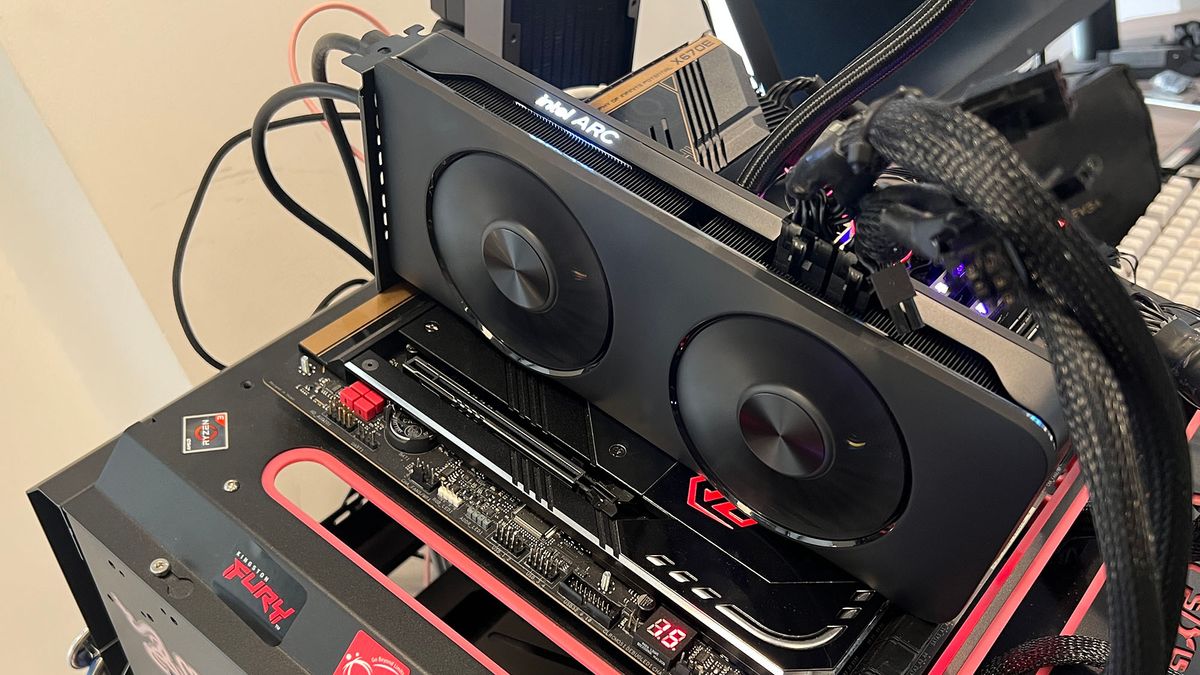
Intel has unleashed a brand new model of its XeSS upscaling tech that opponents Nvidia DLSS and AMD FSR for dashing up body charges in PC video games.
Intel XeSS 1.3 is recent at the scene, even though notice that it’s nonetheless in preview trying out at the moment, with Staff Blue claiming some respectable efficiency boosts in comparison to XeSS 1.1 or 1.2.
On a PC with an Arc A750 GPU, Intel came upon a in particular spectacular leap in frames in step with 2nd (fps) with Diablo 4 at 1440p answer (with prime main points and ray tracing on). With out XeSS, the motion RPG ran at 37 fps, however with XeSS that greater to 71 fps – and with the brand new XeSS 1.3 the sport hit 91 fps. That’s a efficiency achieve of virtually 30% over the former incarnation of XeSS.
Different video games have extra modest, however nonetheless profitable, enhancements, within the order of round 5 additional fps, a spice up of round 10%.
Intel additionally demonstrated built-in graphics with the Arc GPU in an Intel Core Extremely processor, operating video games at 1080p with medium main points. On moderate, Staff Blue discovered XeSS 1.3 delivered 8% extra fps in comparison to earlier variations.
Now not simply sooner, however better-looking upscaling too
XeSS 1.3 isn’t on the subject of sooner body charges on your GPU, even though, as Intel has been fine-tuning the picture high quality as smartly. The corporate tells us that model 1.3 of its upscaling tech advantages from an up to date style that gives extra element within the symbol, higher anti-aliasing (smoothing of jaggies) and not more in the best way of ghosting.
All in all, it kind of feels like a sizeable stride ahead for XeSS, however Intel will wish to stay pushing with its upscaling generation – as a result of AMD and Nvidia maximum without a doubt aren’t status nonetheless.
Certainly, Nvidia simply launched DLSS 3.7 which gives an identical enhancements to what we see right here from Intel (much less ghosting, higher temporal steadiness). And AMD could have even larger strikes underway – in all probability in the end bringing AI into the combination with FSR. (Observe that each Intel and Nvidia already use hardware-accelerated AI cores to pep up their respective upscaling applied sciences).
By way of Neowin

Allow 48h for review and removal.